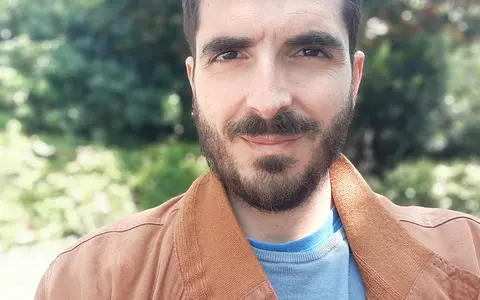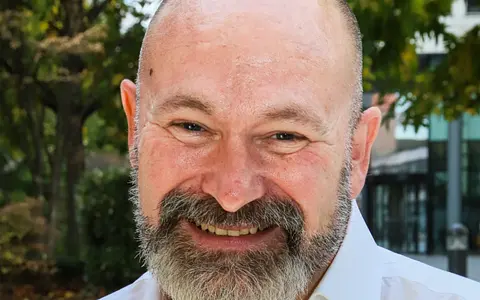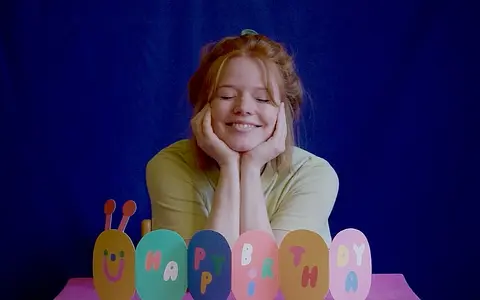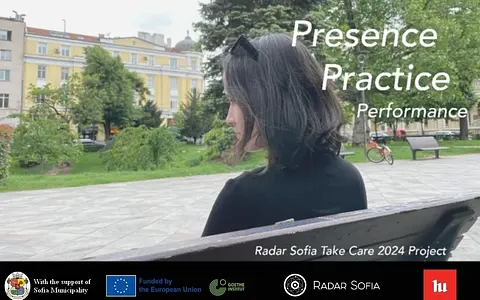Radar’s neighbourhood is where many of the most famous and prolific Bulgarian writers worked and wrote. Yavorov, Dalchev, Vaptsarov, Ivailo Petrov, Pencho Slaveykov to name but a few. It is actually hard to find a part in a city with so much literary history.
Maybe it is because the area is located between several city gardens and two parks, a former royal palace (with its garden, too), ancient Roman ruins and buildings, peacefully coexisting with peculiar statehood strongholds from the Communist era. The Soviet-style past is glued to the flamboyant Bulgarian modernist architecture (the local version of the Vienna Secession), which on its turn grew right in the back yard of the Ottoman buildings from XVI century. All this is just a few minutes walk from the area where the old synagogue, the mosque, an orthodox church, a catholic cathedral, a protestant congregation centre and a yoga studio are located at a distance of less than 100 metres from each other, around the central hot mineral springs.
Of course, we are not a long way away from all the major theatres and galleries of the city as well as the two cinemateques. Chestnut trees are fringing many of the streets here and Vitosha mountain is at a 25-minute tram ride from the residency place, too.
Radar Sofia is also in the gourmet area of Sofia with the vegan eco-bio magicians right at the corner, just next to the Italian chocolate and ice-cream, while the Spanish fish soup is waiting at a stone’s throw among many other national and international cuisine options.
Yes, life in Sofia can be wonderful, but there is an overall sense of corruption, both in country’s political and cultural life.
Radar Sofia will try to bring a gulp of fresh air into this atmosphere by inviting vigilant foreign artists and work within its very small-scale, but truly independent zone of freedom.
You can have a look at an art documentary film about the city, to which members of the team of Radar Sofia contributed back in 2012:

-min%20(1).jpg)


